This programme aims to support teachers develop their own knowledge and understanding of cyber resilience/internet safety and cyber security. It will explore the skills and knowledge children and young people need to participate effectively in a digital society.
Participants will reflect on the need for cyber resilience and how to teach it, develop a school curriculum for teaching cyber resilience/internet safety to learners of all ages and access resources and coaching to deliver your own cyber training in your setting.
There will also be a session exploring cyber security and how to develop this as a curricular area in your school.
This CLPL will run before and after the Christmas holiday.
Webinars
New sessions coming in 2024!

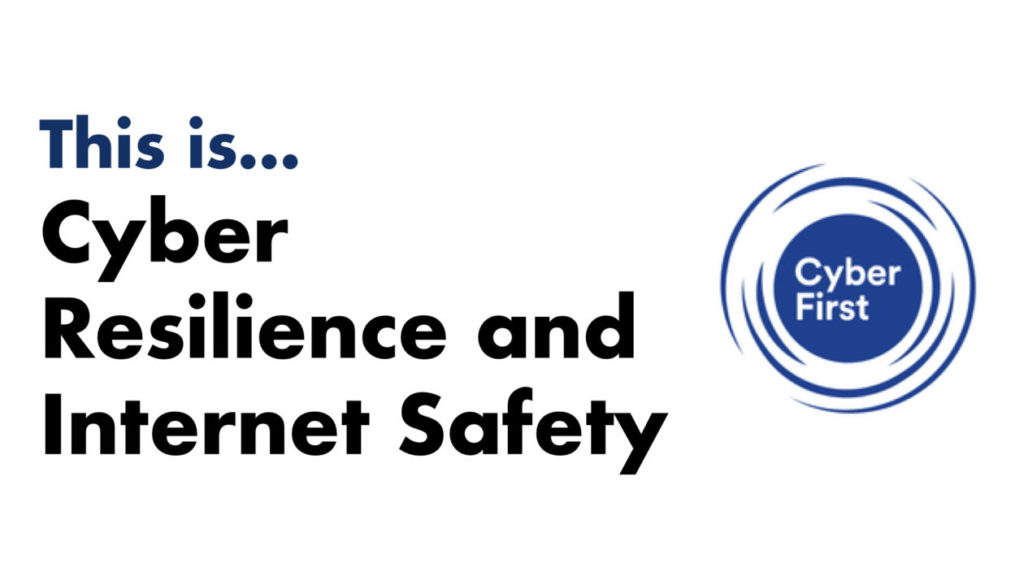
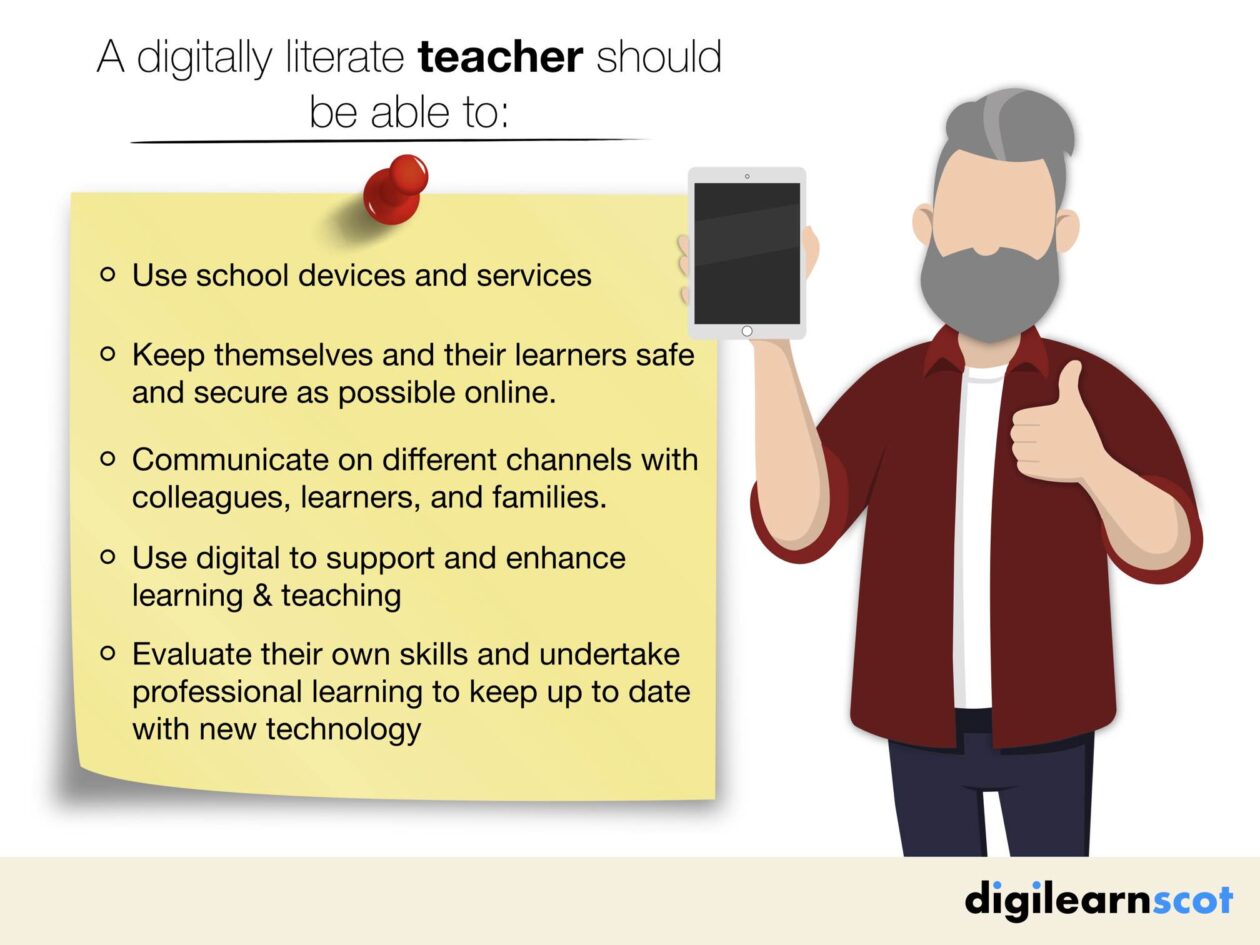
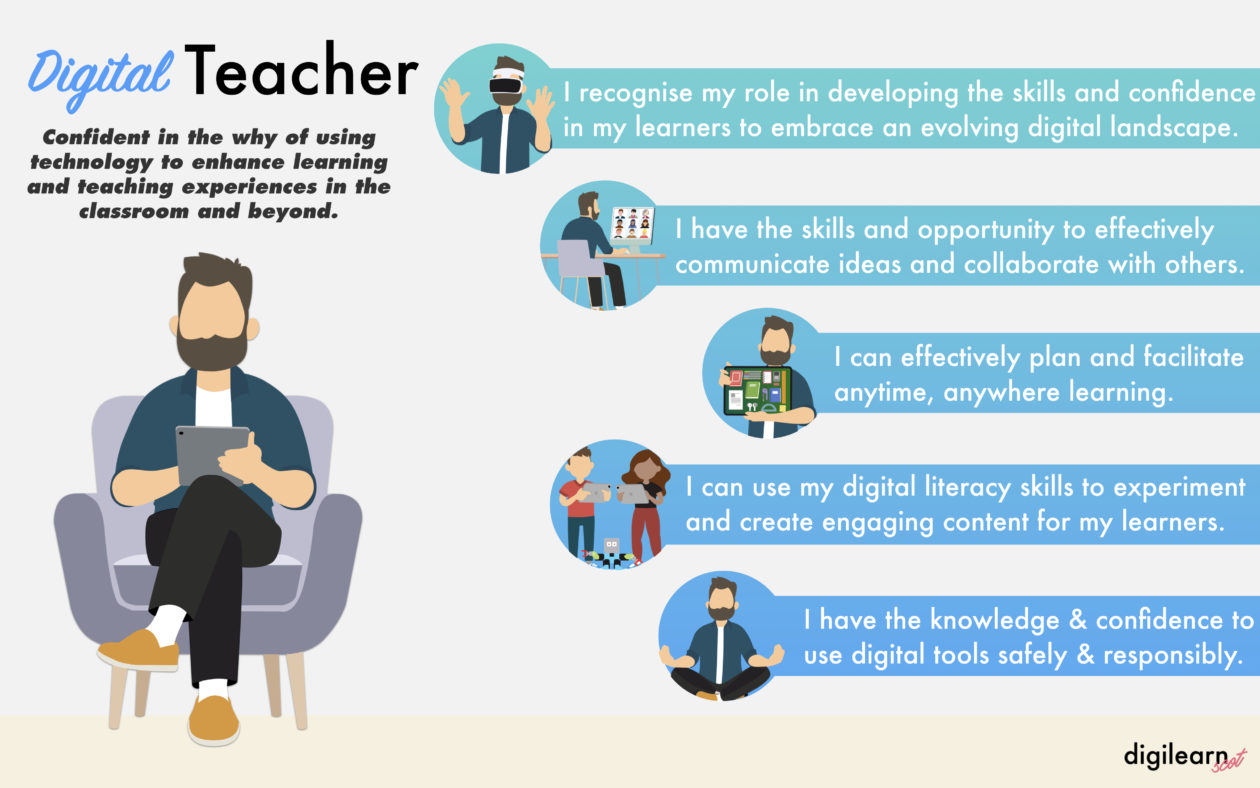
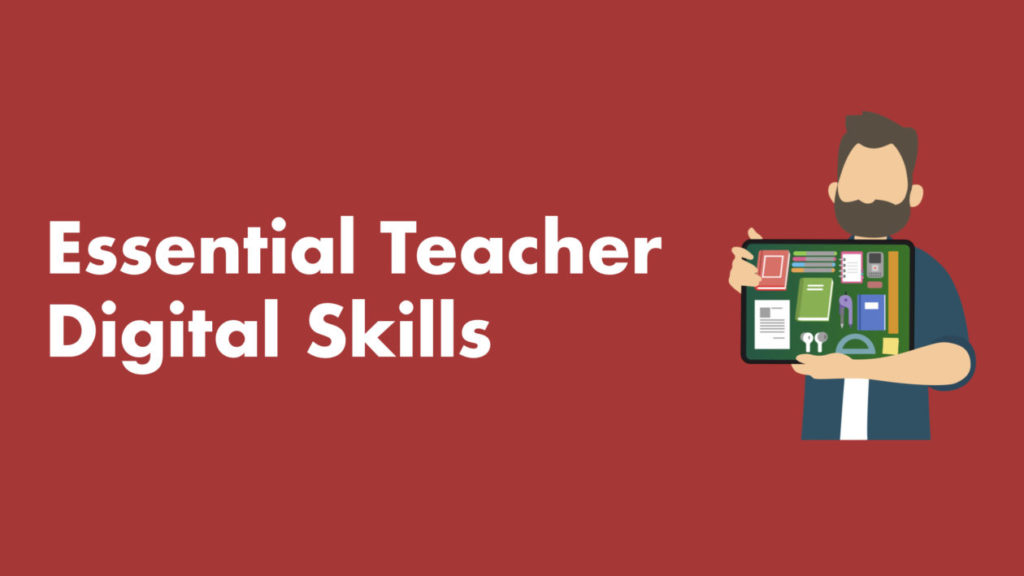




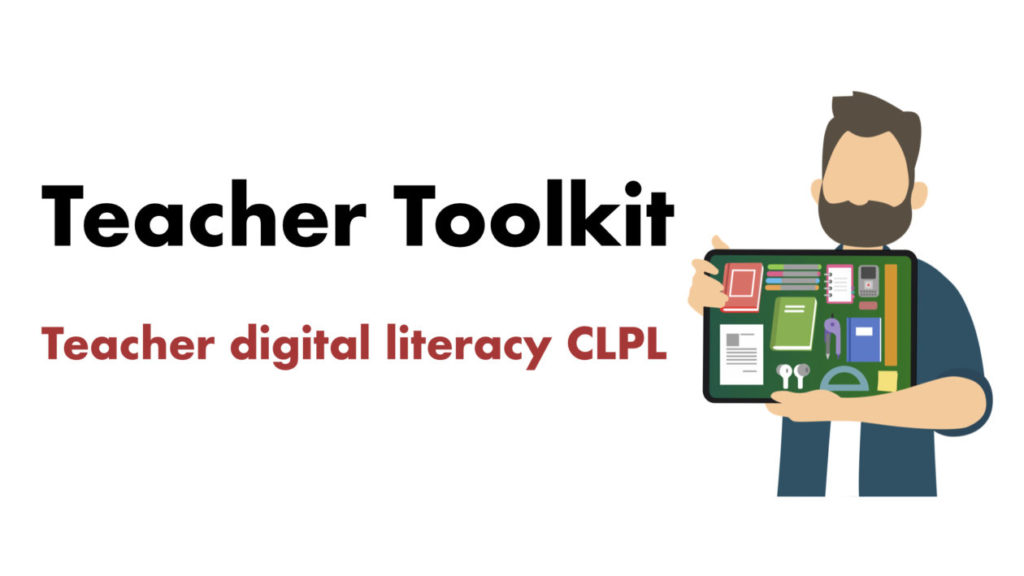
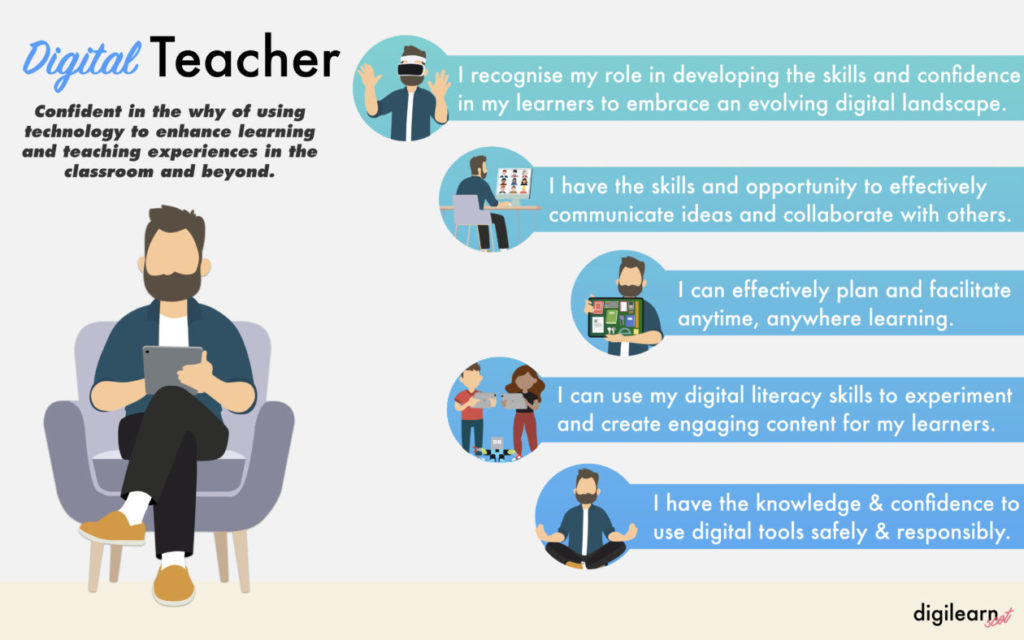
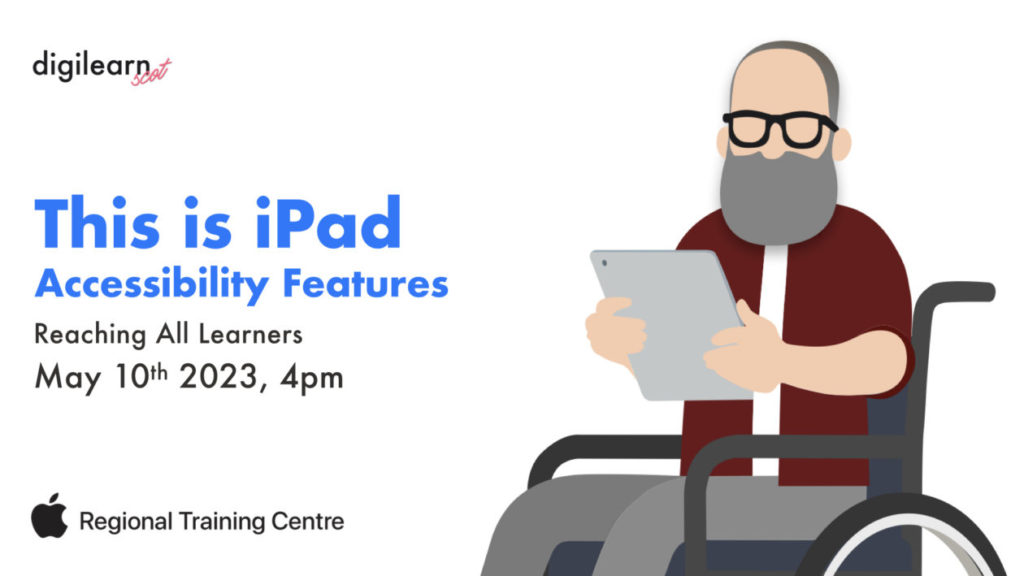

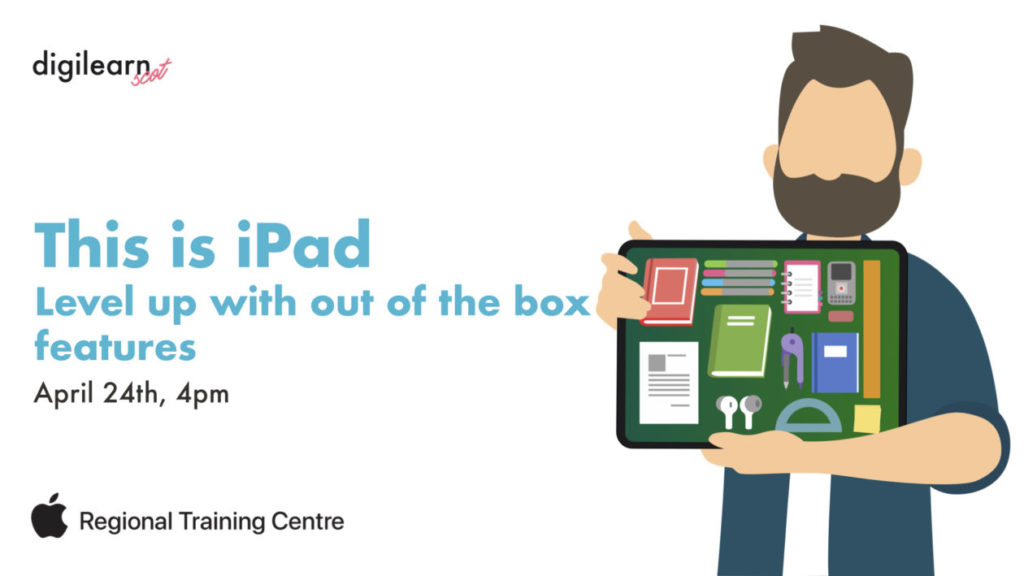
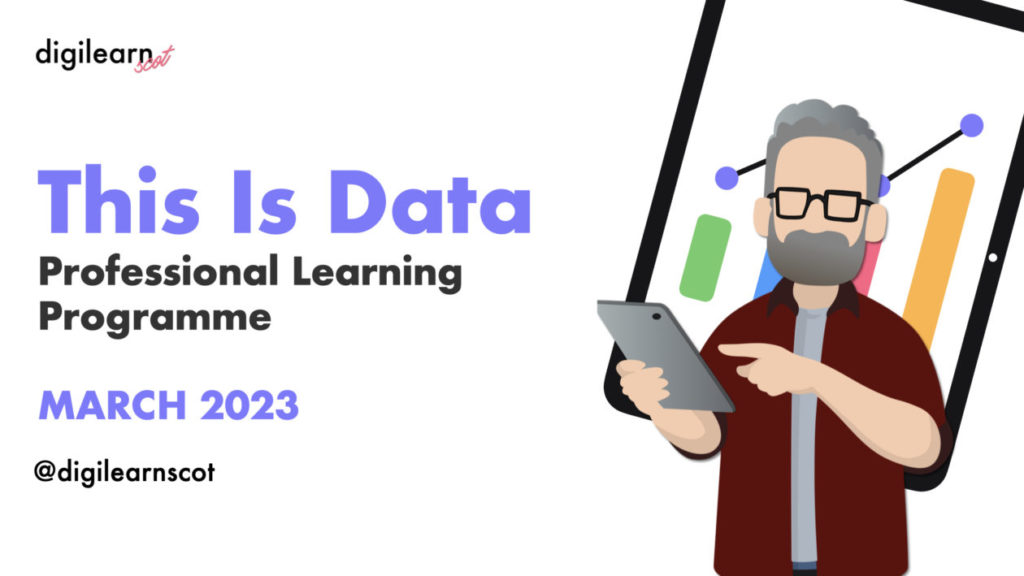
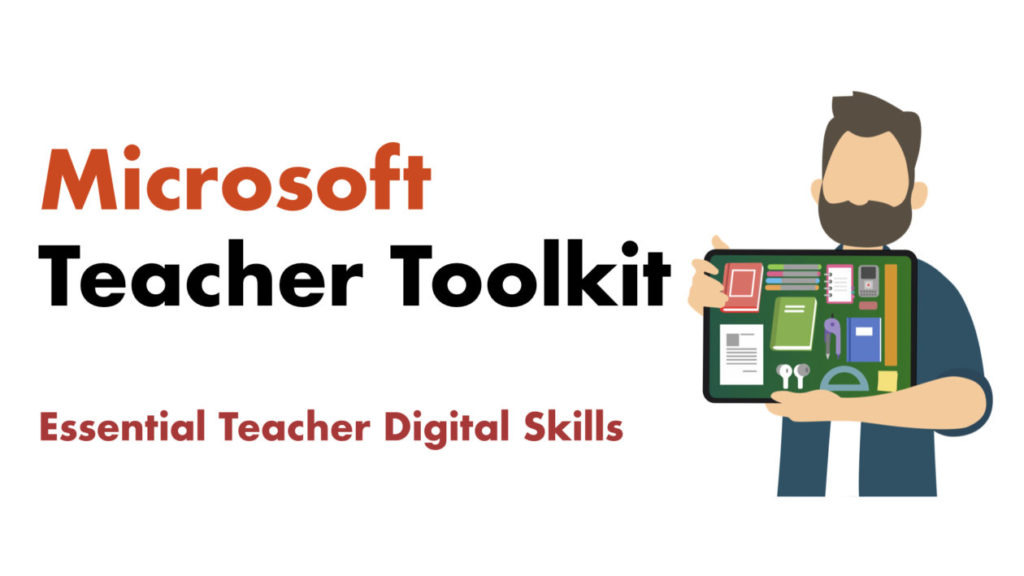
 Loading…
Loading…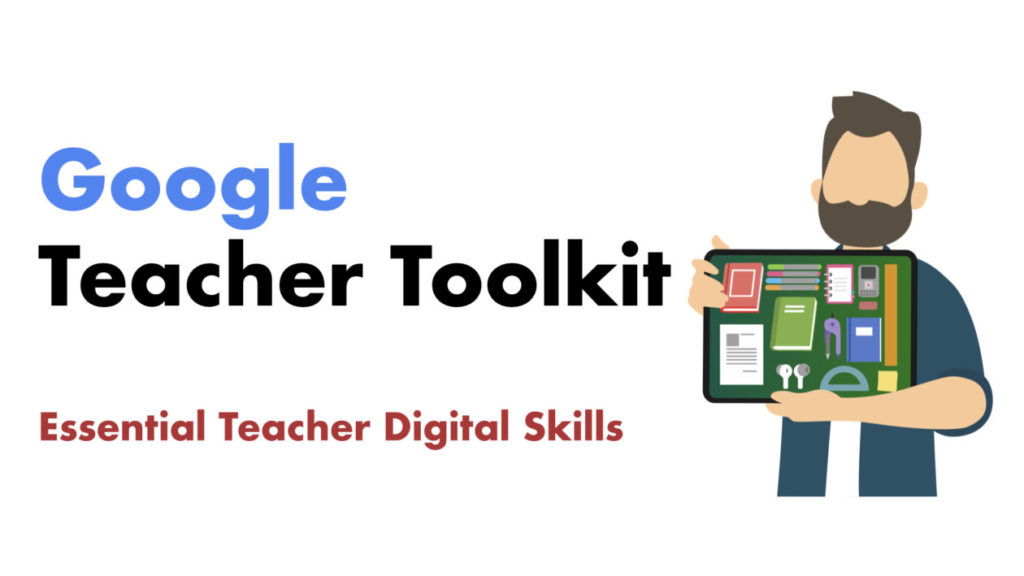

You must be logged in to post a comment.